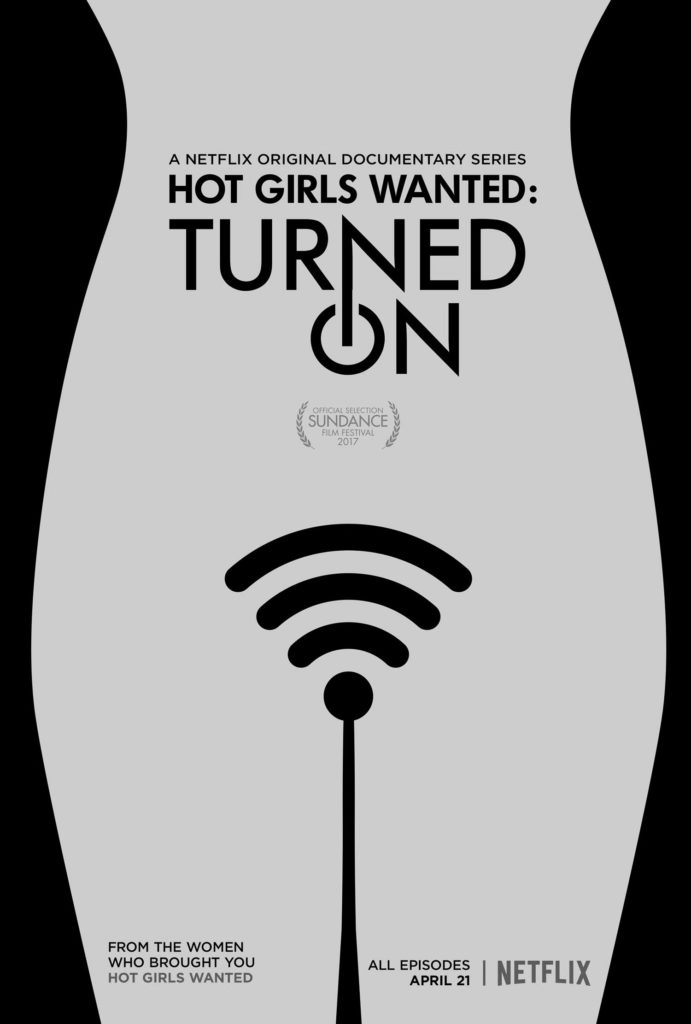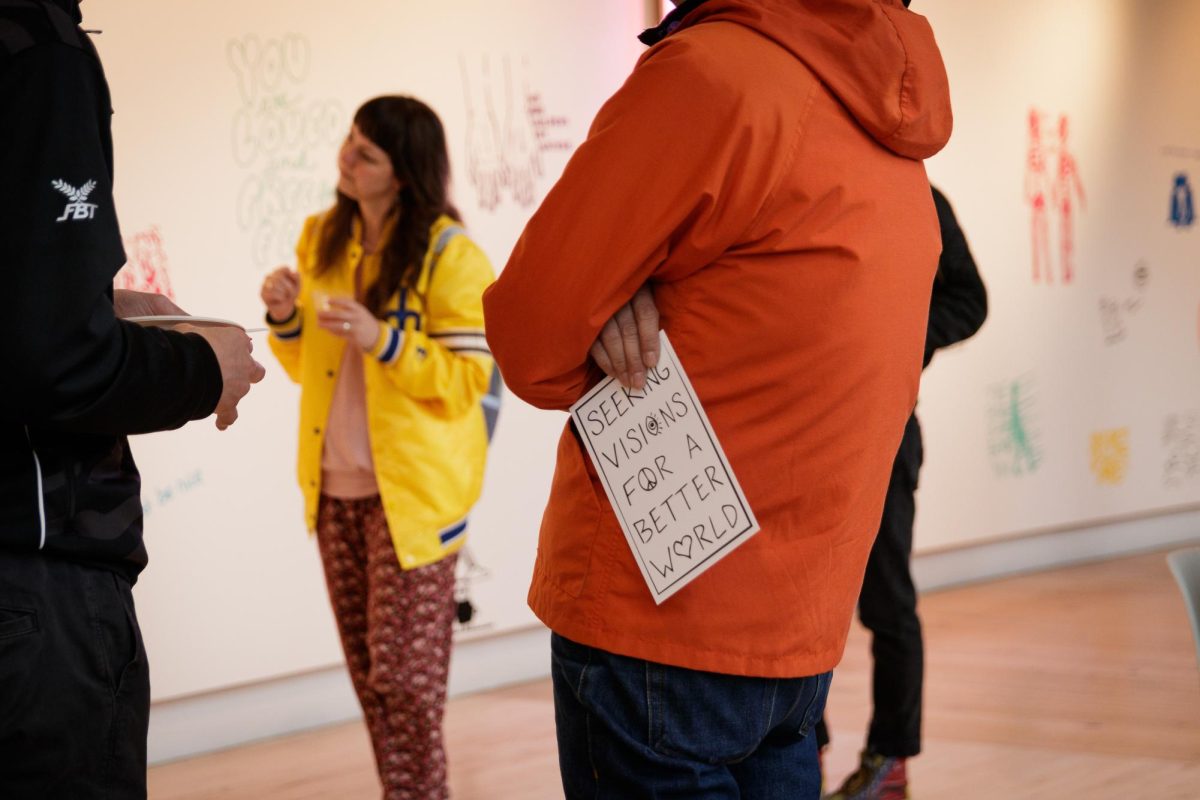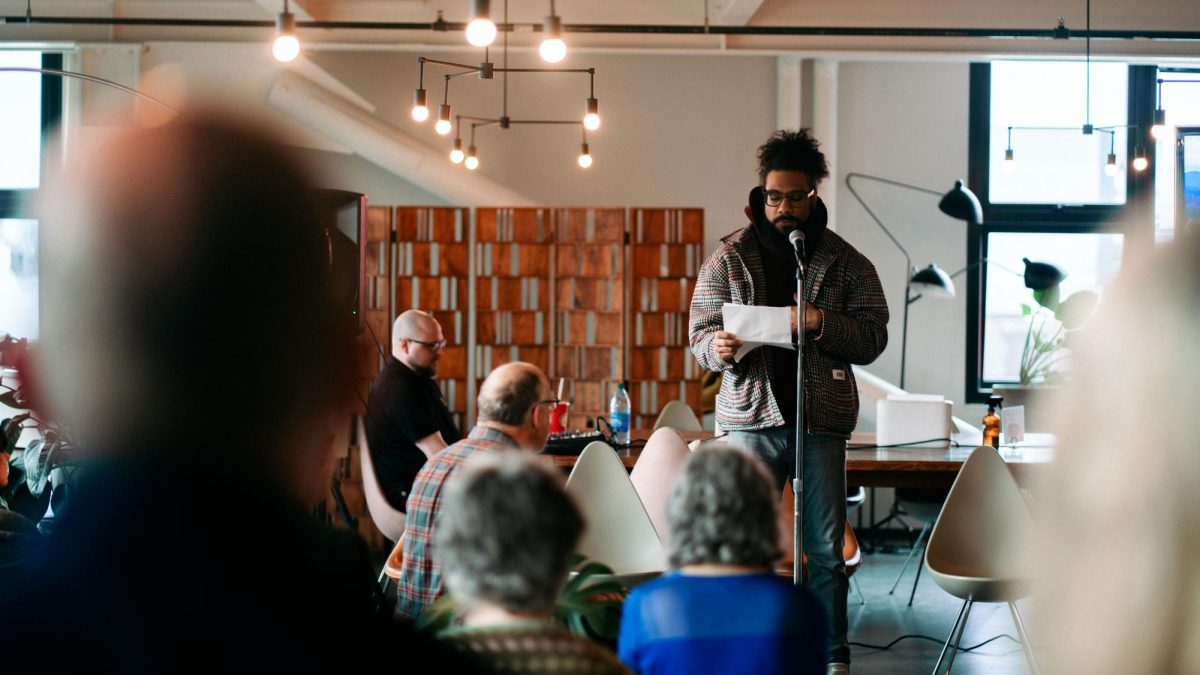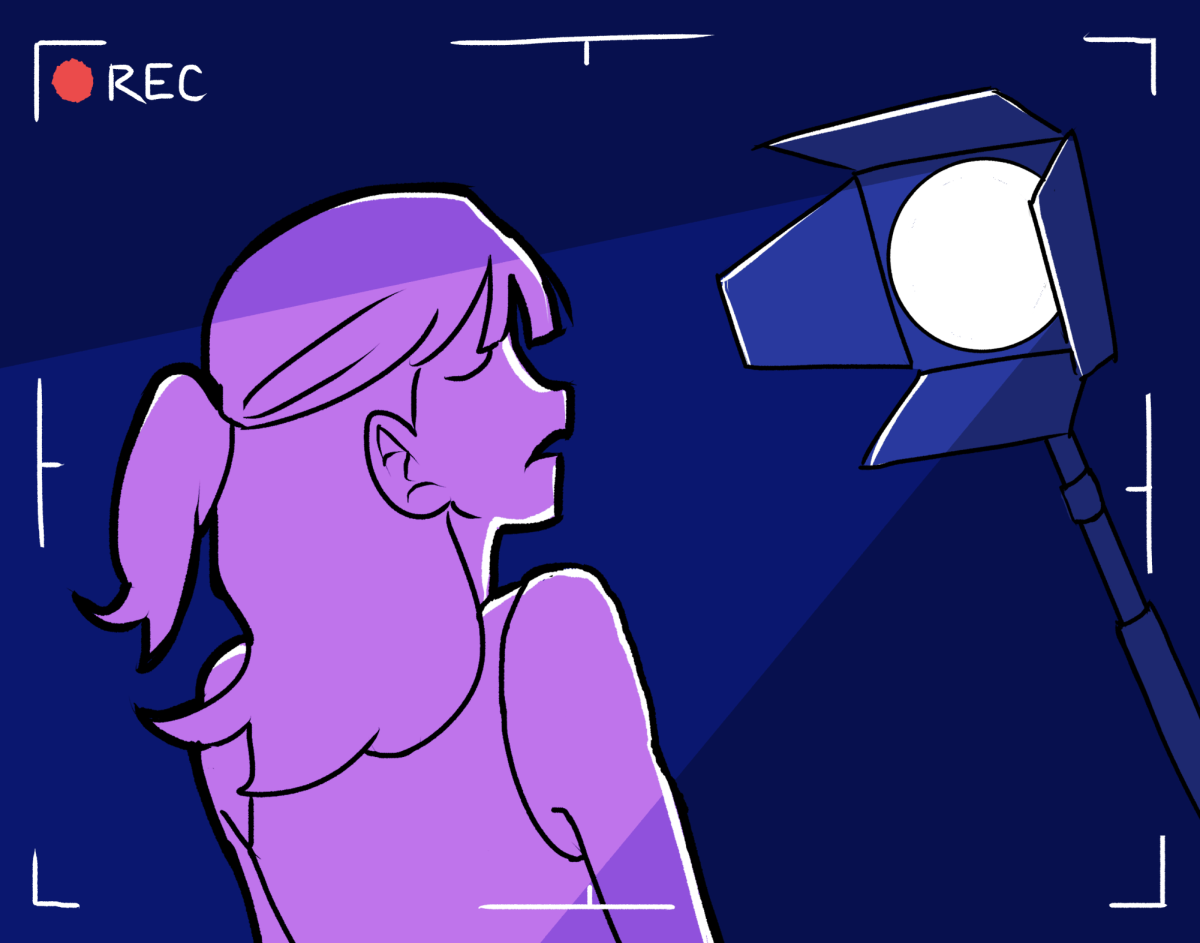Only 3 percent of the tens of millions of people who watch online porn use a pay site, according to a statistic presented in the new Netflix series “Hot Girls Wanted: Turned On.” Directed by journalist Jill Bauer and actress Rashida Jones, the show is a six-part documentary that focuses on the challenges of making money in a male-dominated porn industry, demonstrating what a few feminists are doing to try to make the business more empowering for women. For viewers, the show ranges from impactful to disturbing.
The majority of women who work in the porn industry do not make enough money to sustain themselves, and those who do make enough are under constant pressure to be what their audiences want to see.
Because so few people are paying for porn, it is difficult nowadays to become successful in the industry. Essentially, one has to look and perform a certain way to make a living. This generally means working under the pressure of needing to stand out, given the harsh environment of the industry. Where is the empowerment in that?
“Hot Girls Wanted: Turned On” presents a few people who hope to revolutionize the industry of porn so that it might be more empowering for the women involved. Erika Lust and Bailey Rayne are two that stand out.
Lust is a producer of adult films, and says in the series that she hopes to change the fact that mostly men are producing them. She creates films that show more of an emotional aspect instead of pure physicality. She has clients who write to her with specific requests of what they want to see, and she creates this image— often with individuals who are not actors and who have not previously been involved in the production of adult films.
While it is certainly nice to see individuals like Lust who are trying to change the industry, her films are part of a niche market that isn’t likely to become widespread.
Rayne, another woman featured in the series, recruits girls into the porn industry. She has her own line of content and a website, and she also works as a Cam Girl, which is someone who performs various sexual acts live online for monetary tips from viewers.
In the show, Rayne appears to have good intentions. She tells the girls she recruits to not do anything they feel uncomfortable with, and tries to steer them toward production companies that will care for them. She may want the best for the girls, but good intentions don’t usually stand up against a powerful and repressive industry; this is exemplified by one of the girls that Rayne recruits, who goes by the name Bonnie.
At first, Bonnie is extremely uncomfortable with the idea of creating films with men, but this doesn’t last for long. Once she is put under an immense amount of pressure, she begins taking drugs and performing acts that she would have initially been uncomfortable with. Bonnie is completely changed, and her life rapidly goes downhill after being introduced to the cruel adult industry. It is hard to feel confident in Rayne’s approach to her recruits after seeing what happens to Bonnie.
One of the most disturbing things about this series is the age range of the featured girls who are involved in the porn industry. Bonnie is 19, and other individuals in the series are 18. A girl shown in one episode is still in high school and producers encourage her to use that fact to sell herself and make more money.
Another particularly horrifying episode depicts a man who produces porn and can usually be seen wearing T-shirts that say things like “porn flakes.” In one scene, he directs a scene with a tiny 18-year-old girl and a much larger and older male. The girl is in a room full of men saying vulgar and objectifying things, and they compel her to do things that she seems altogether uncomfortable with.
As another scene is being shot, the girl verbally expresses that she is uncomfortable, but the producers disregard her and say, “It looks great, though!” She continues, because she doesn’t have much of a choice. A statistic in this episode says that a third of all Internet pornography clips contain physical acts of aggression, and that 94 percent of the time, women are the targets of that aggression.
Porn and feminism simply aren’t compatible. “Hot Girls Wanted: Turned On” proves that despite the efforts of a few individuals to make the industry more empowering for women, it continues to objectify women and cater to the interests of men. The show is definitely worth a watch, as it shines a light on a prominent, harmful industry that is rarely talked about openly.
Bailee may be reached at
[email protected]









![Jordan Ward [REVIEW]](https://seattlespectator.com/wp-content/uploads/2024/04/ward_1-1200x800.jpg)

![COWBOY CARTER [REVIEW]](https://seattlespectator.com/wp-content/uploads/2024/04/Screenshot-2024-04-10-at-7.37.52 PM-1200x699.png)
